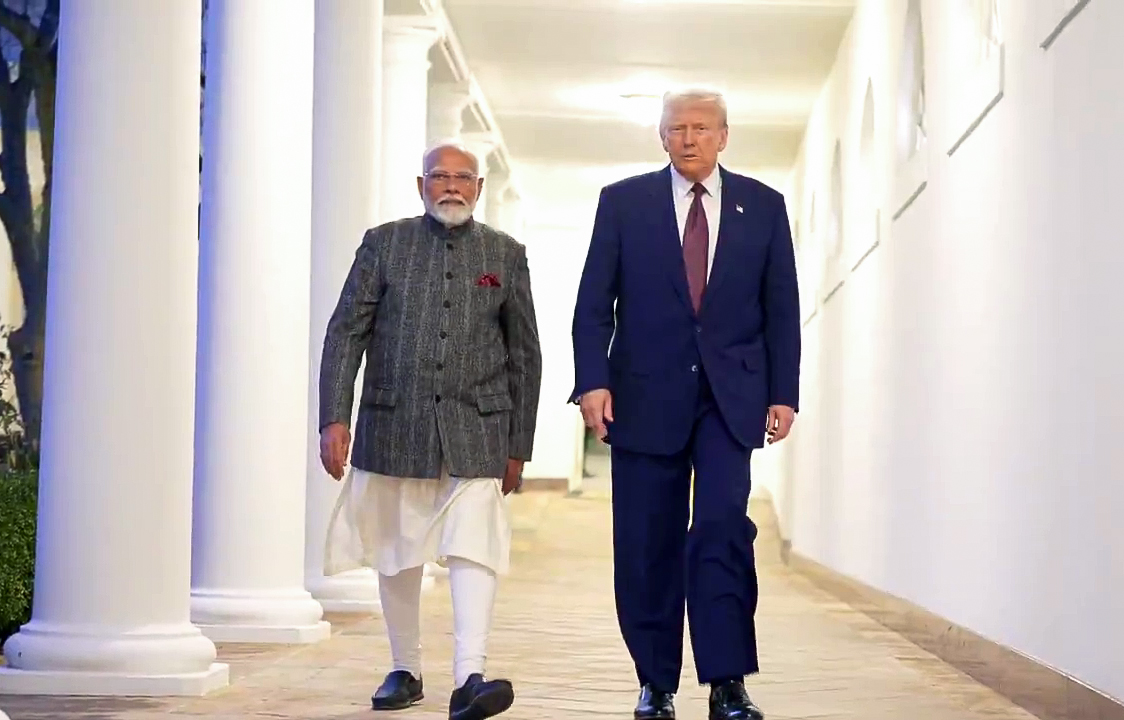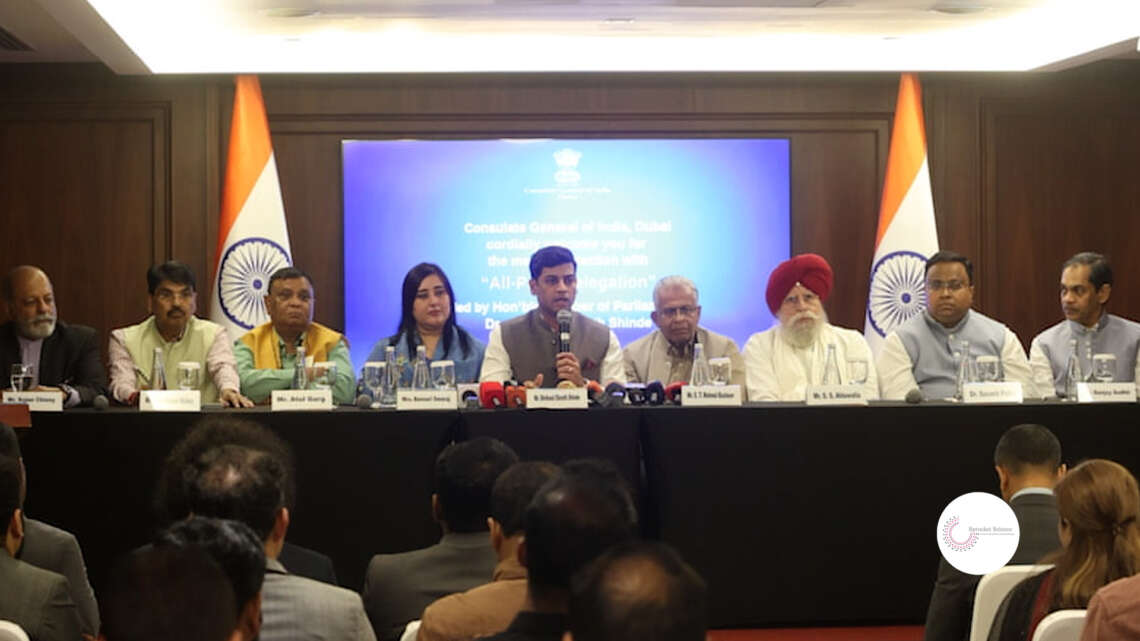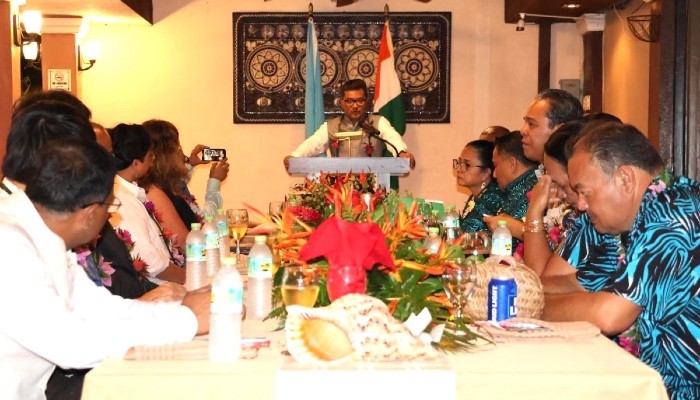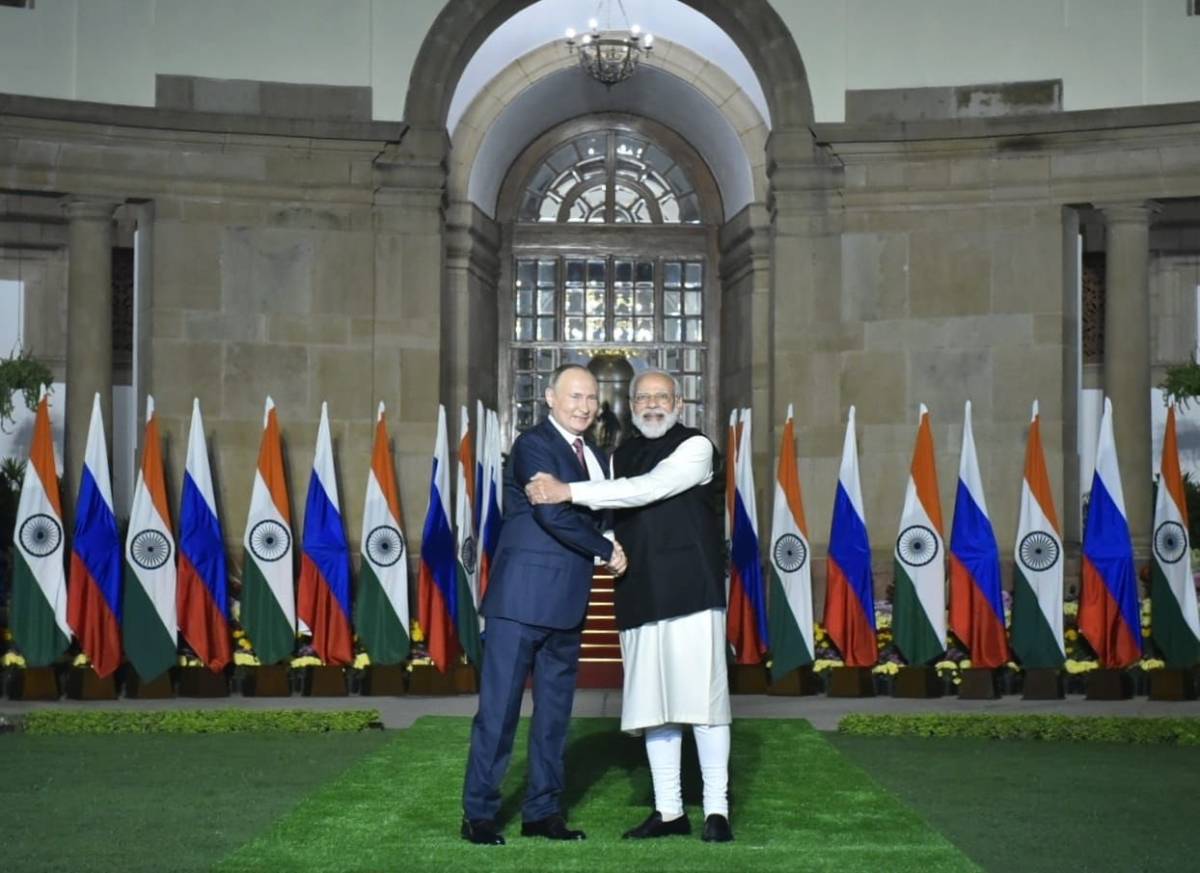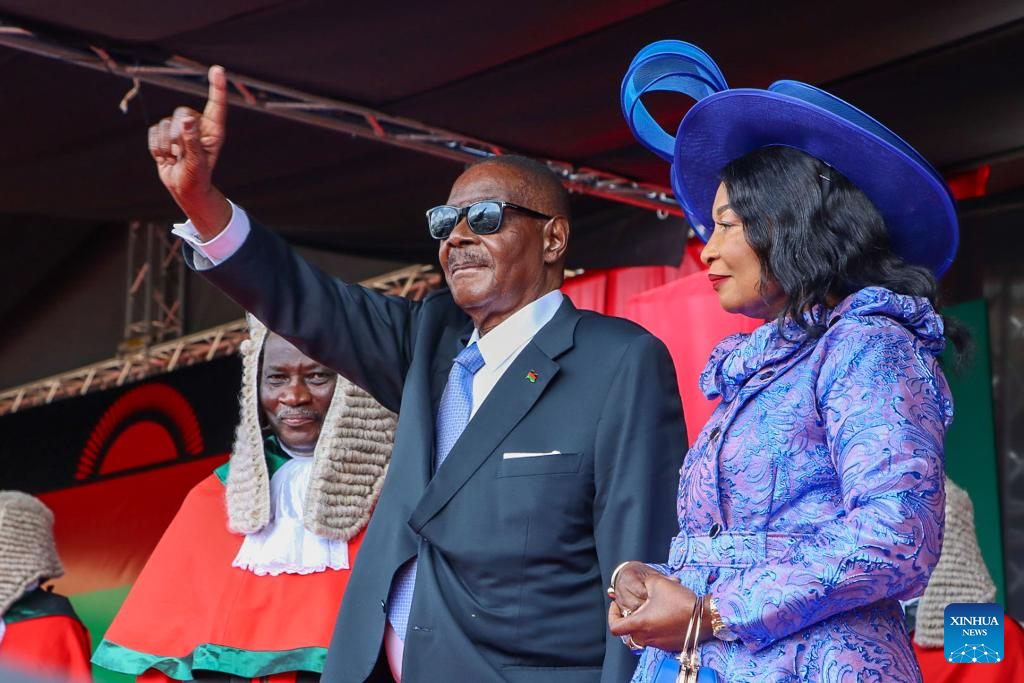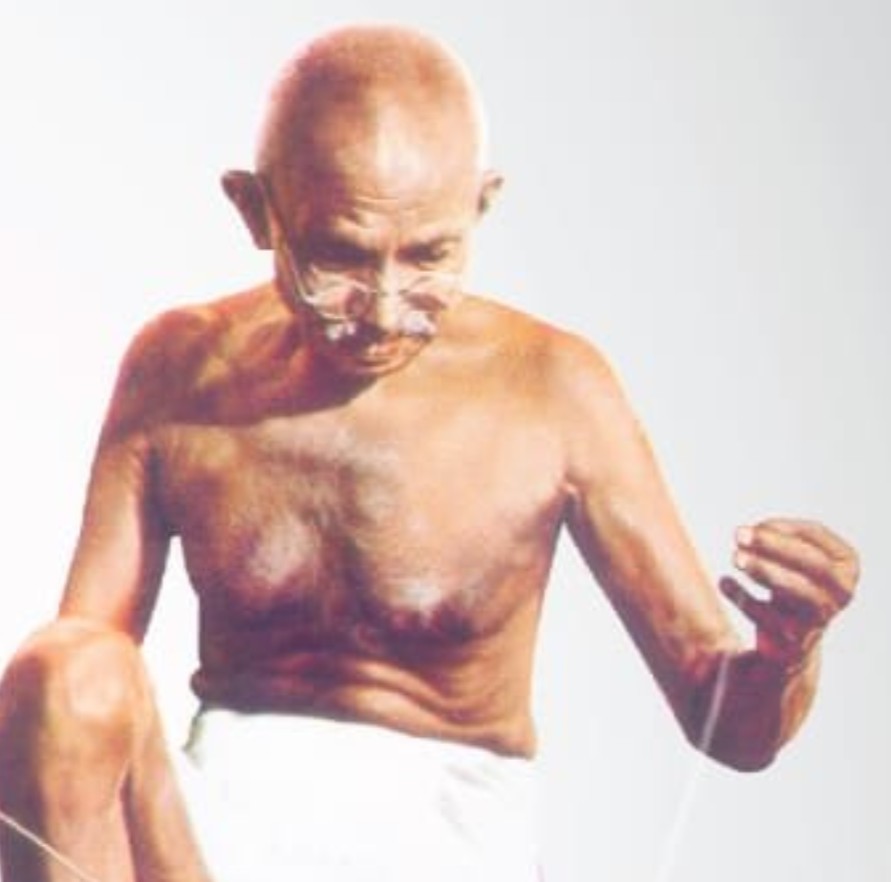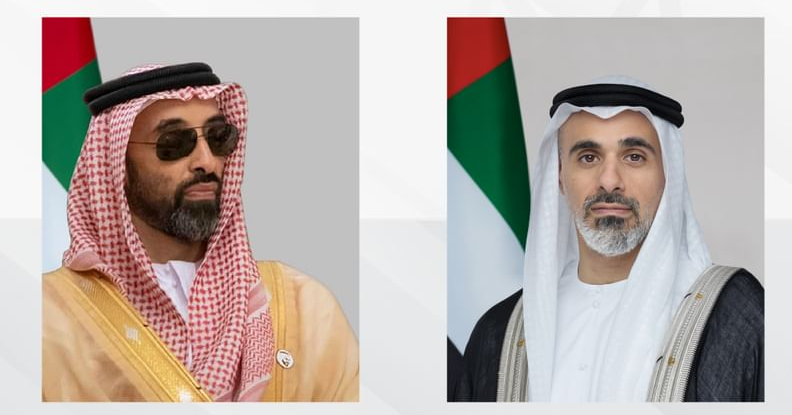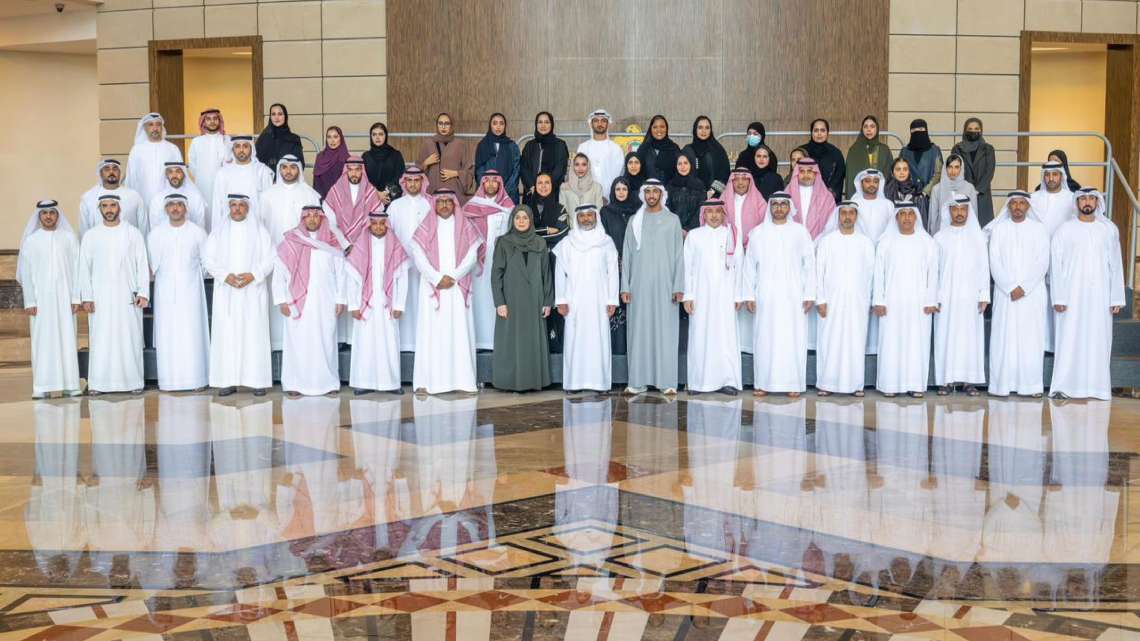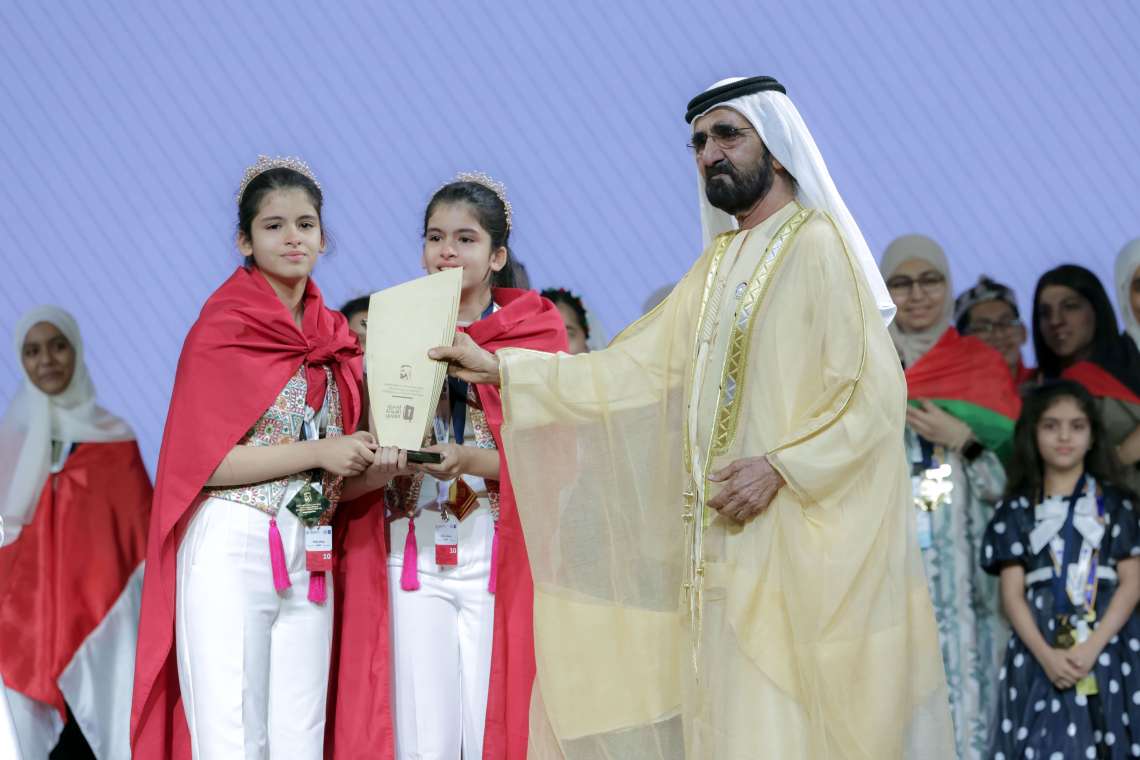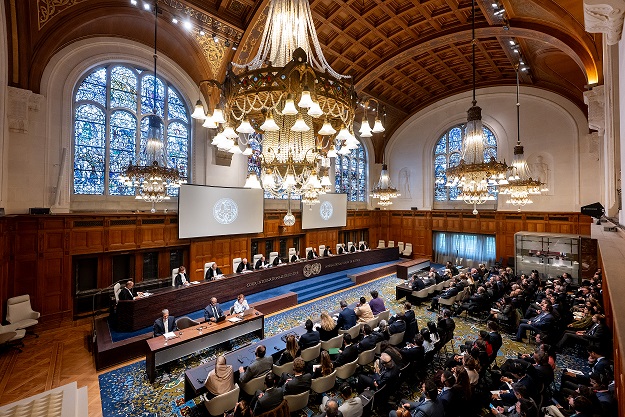With US ties strained and China tense, New Delhi taps Europe’s harder edge for co-development, clean tech and strategic autonomy, writes Manoj Menon
India is recalibrating its great-power hedging as frictions with Washington collide with an enduring rivalry with Beijing and a legacy partnership with Moscow. The trigger has been a sharper, more transactional posture from the US under Donald Trump—tariff threats, disputes over Russia-related energy purchases and unwelcome commentary on India–Pakistan flare-ups. Yet New Delhi’s answer is not a wholesale pivot. Instead, it is doubling down on “multi-alignment”: widening options, reducing single-point dependency and looking to Europe for risk-balancing capital, technology and defence cooperation.
For two decades India’s bet on the US delivered: investment, defence interoperability and access to critical technologies, all underwritten by shared concerns about China. That trajectory is now complicated. Trump’s tariff salvos and claims about mediating South Asian crises have grated in Delhi, empowering constituencies wary of over-reliance on Washington. Still, the structural logic for close US ties—deterring China, building resilient supply chains, and advancing high-end manufacturing—has not disappeared. India will try to keep the security and technology tap open even as it insures against political volatility in Washington.
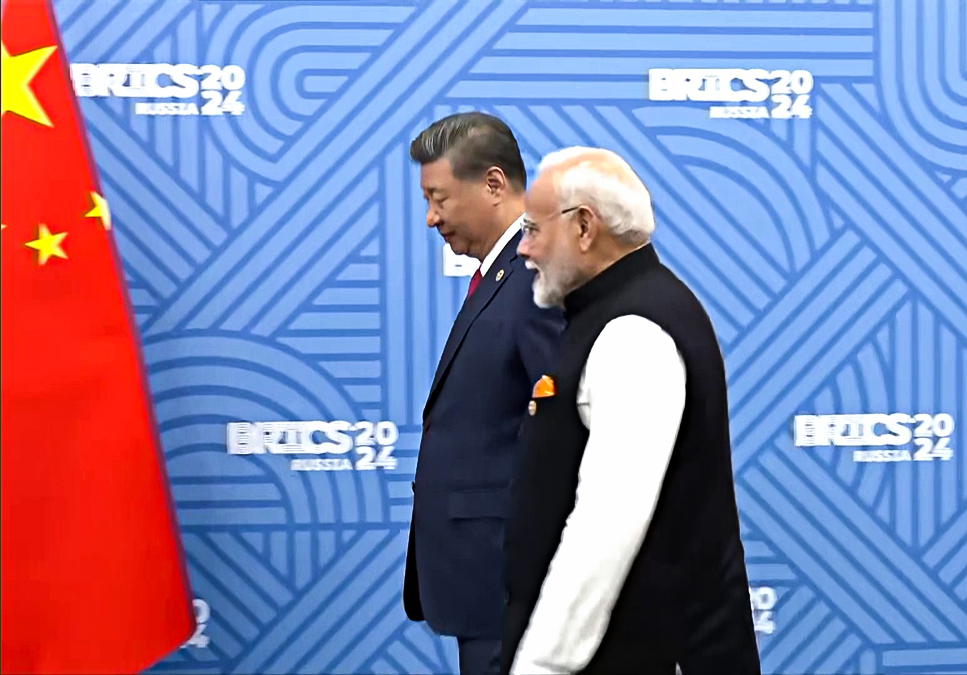
China remains the central challenge. Since the deadly Himalayan clashes of 2020, relations have shifted from wary engagement to militarised competition. Beijing’s economic reach across South Asia—via Pakistan’s defence build-up and infrastructure links from Bangladesh to Sri Lanka—presses on India’s near-abroad. Modest stabilisation moves are possible: limited, screened Chinese investment or resumed technical dialogues. But absent movement on the boundary, New Delhi will continue to harden positions, diversify supply chains away from Chinese chokepoints and deepen maritime and airpower cooperation with like-minded partners.
Russia sits in a narrowing, but still usable, lane. Historic defence ties and discounted energy keep the relationship functional; diplomatic signalling towards Moscow also gives India leverage with Washington. Yet Russia’s war economy constrains technology transfers and investment, and its tightening embrace of China dilutes its value to India. Delhi’s recent choreography—high-profile engagement with Moscow balanced by outreach to Warsaw and Kyiv—captures the intent: preserve options without incurring excessive strategic baggage.
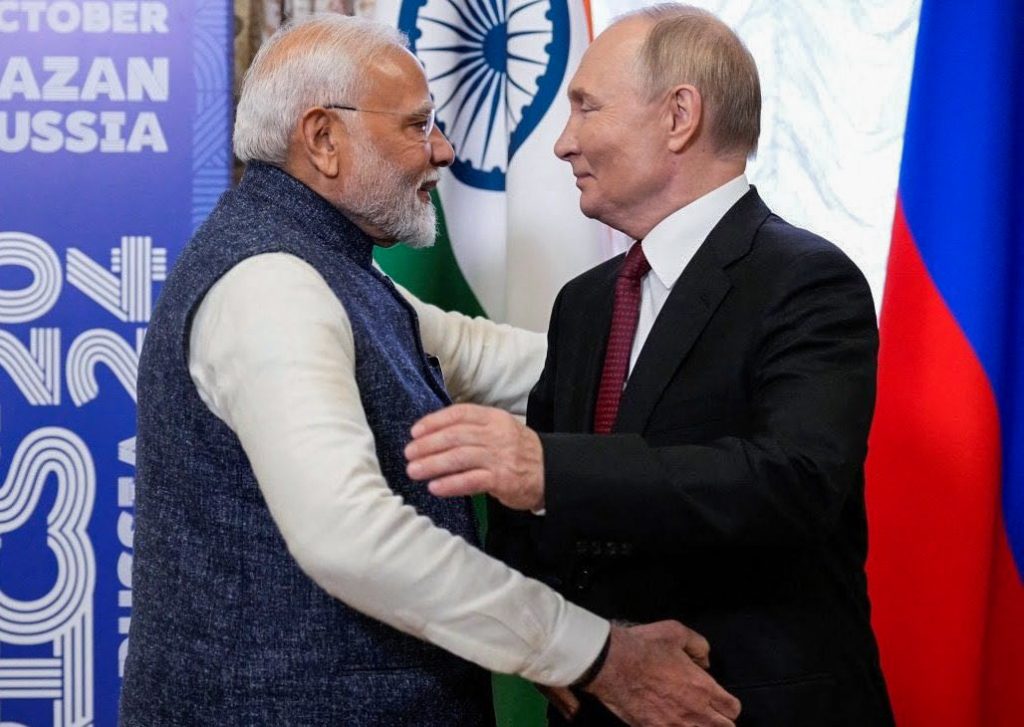
This is where Europe becomes more salient. For New Delhi, the EU and key member states—France, Germany, the Nordics, central and eastern Europeans and the UK—offer advanced industrial capacity, defence technology and standards-setting heft without some of the bilateral political volatility that colours India–US ties. Europe’s post-Ukraine turn towards “geopolitical Europe”—higher defence outlays, an industrial policy for clean tech and semiconductors, tougher trade defences—has made it a more credible security and technology partner in Indian eyes. Crucially, deeper India–Europe cooperation is less likely than a US build-up to trigger acute Chinese counter-moves, giving Delhi room to strengthen capabilities while managing escalation risks.
None of this is frictionless. The EU and India have long struggled to land a comprehensive trade agreement; agriculture, digital rules, data flows and climate-linked trade measures remain hard knots to untie. Brussels’ carbon border adjustment worries Indian exporters and feeds perceptions of green protectionism, even as India seeks investment for its own energy transition. European concerns persist about India’s Russia links and about democratic backsliding at home; Delhi bristles at values-heavy rhetoric it views as interference. Progress will hinge on pragmatism: targeted market-opening, carve-outs on sensitive sectors, and a project-first approach in defence industrial cooperation, including scoped participation in select EU programmes and more aggressive co-development and co-production with European primes.
For India, the economic case is strong. It needs capital and know-how to scale electronics, renewables, grid storage, critical minerals processing and next-gen telecoms; European firms can supply equipment, standards and long-horizon investment. In defence, Europe provides diversification away from legacy Russian platforms and a counterweight to US export controls—particularly in propulsion, sensors, air defence, undersea warfare and space. On technology governance, structured engagement through the EU–India Trade and Technology Council can marry Europe’s regulatory frameworks with India’s market scale and digital public infrastructure, from identity rails to payments.
The risk is that politics outruns policy. If US–India trade spats escalate into broad sanctions or sweeping tariffs, Delhi’s bandwidth could shift to crisis management and tactical fence-mending with Beijing—precisely the outcome it wants to avoid. Conversely, if Europe overcorrects to pressures from Washington or domestic industry and leans into blunt trade remedies, Indian sceptics will argue Brussels is merely a second, more officious Washington. Moscow will continue to test India’s balancing act, offering short-term inducements that complicate long-term tech integration with the West.
A balanced path is still available. India can sustain core defence and tech projects with the US, tighten maritime and industrial cooperation with Europe, cap exposure to Chinese inputs in strategic sectors, and keep a narrow channel to Russia for legacy maintenance and energy arbitrage. For Europe, the play is to prioritise bankable deliverables—supply-chain investments, green tech partnerships, and defence co-production—while parking intractable issues for phased resolution. If both sides move quickly, they can translate a moment of US unpredictability and Chinese assertiveness into a more resilient Eurasian partnership—one that supports India’s strategic autonomy and gives Europe a durable role in the Indo-Pacific without forcing Delhi into anyone’s camp.

